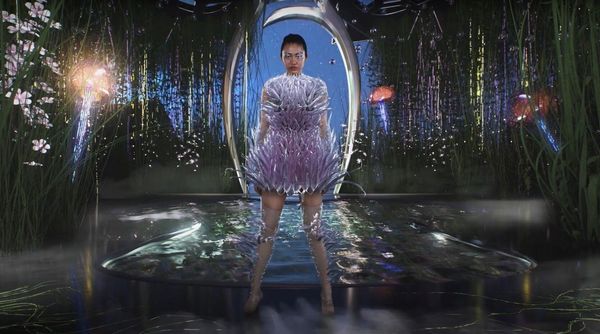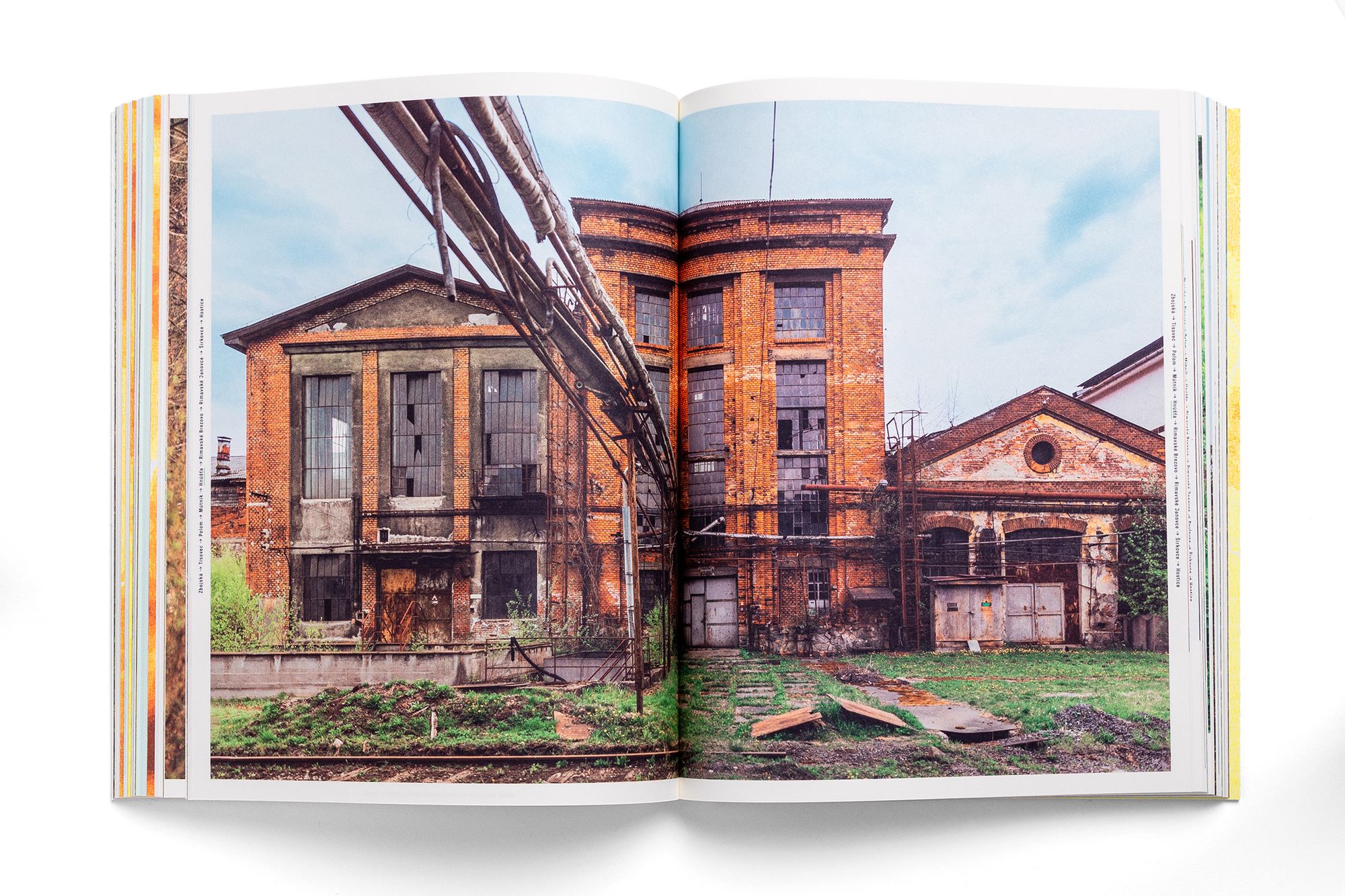Čierne diery—our favorite community repping Slovak industrial architecture and design—has come out with a gigantic, 400-page publication. The book, featuring abandoned mining towns, reservoirs, and crumbling country mansions (as well as their wider surroundings), is also worth taking a look at for those who don’t speak the language (Slovak) but are curious to discover the unexplored treasures of our northern neighbor beyond the usual sights. Let’s go!
Čierne diery’s new book caught our attention just before Christmas, with its turquoise colors and distinctive design. Those who are just as big fans of the Slovak team’s work as we are will know that the new releases on their webshop sell out in a fraction of a second (especially their unique illustrations using the risograph printing technique), so we strongly recommend staying alert. We did—and snapped up the new edition (and what a great decision we made!). The book’s first edition didn’t even have the time to hit the bookshop shelves: all 6,000 copies were sold in less than a month (reassuringly, a second edition is already in the works).
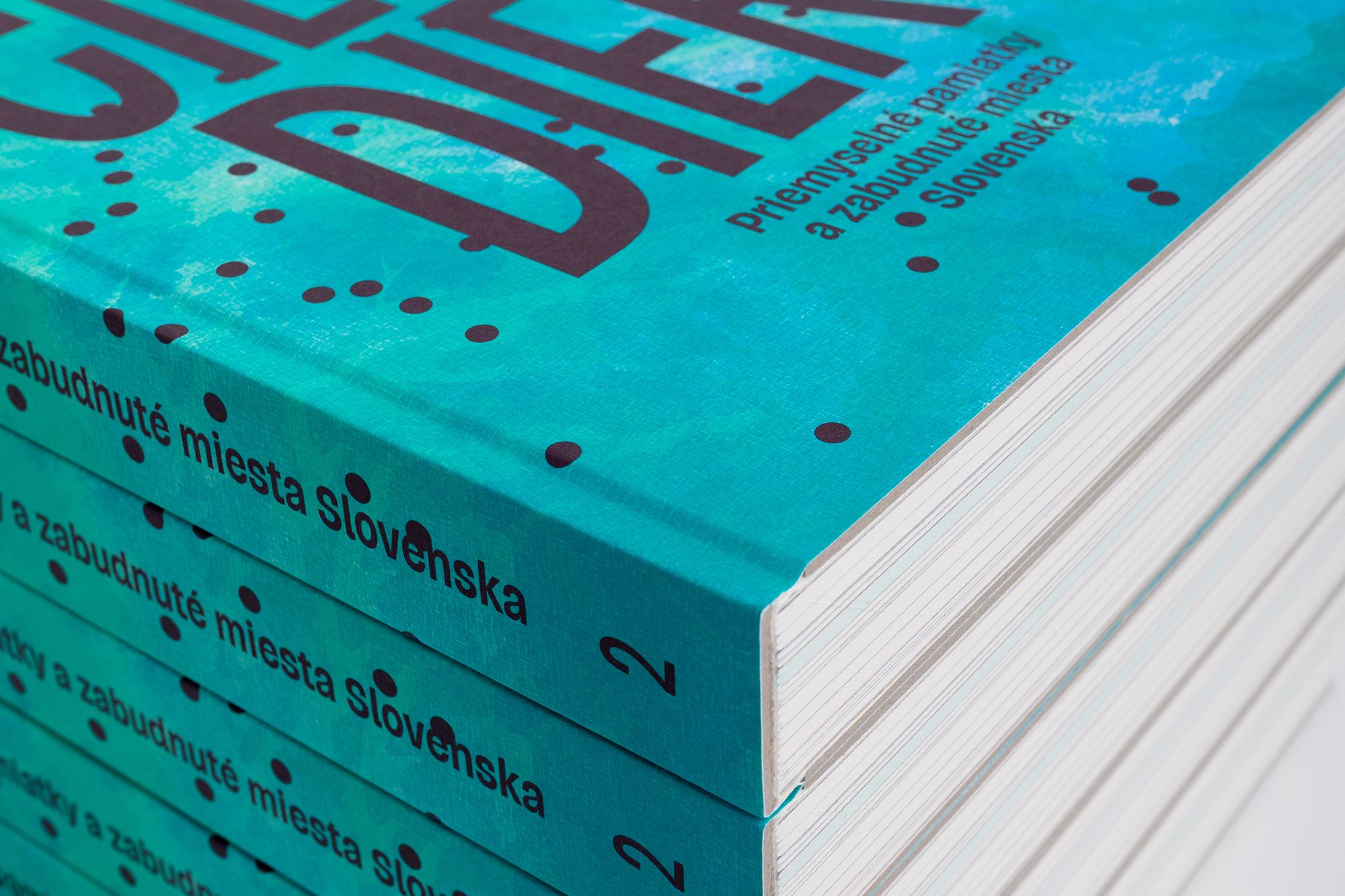
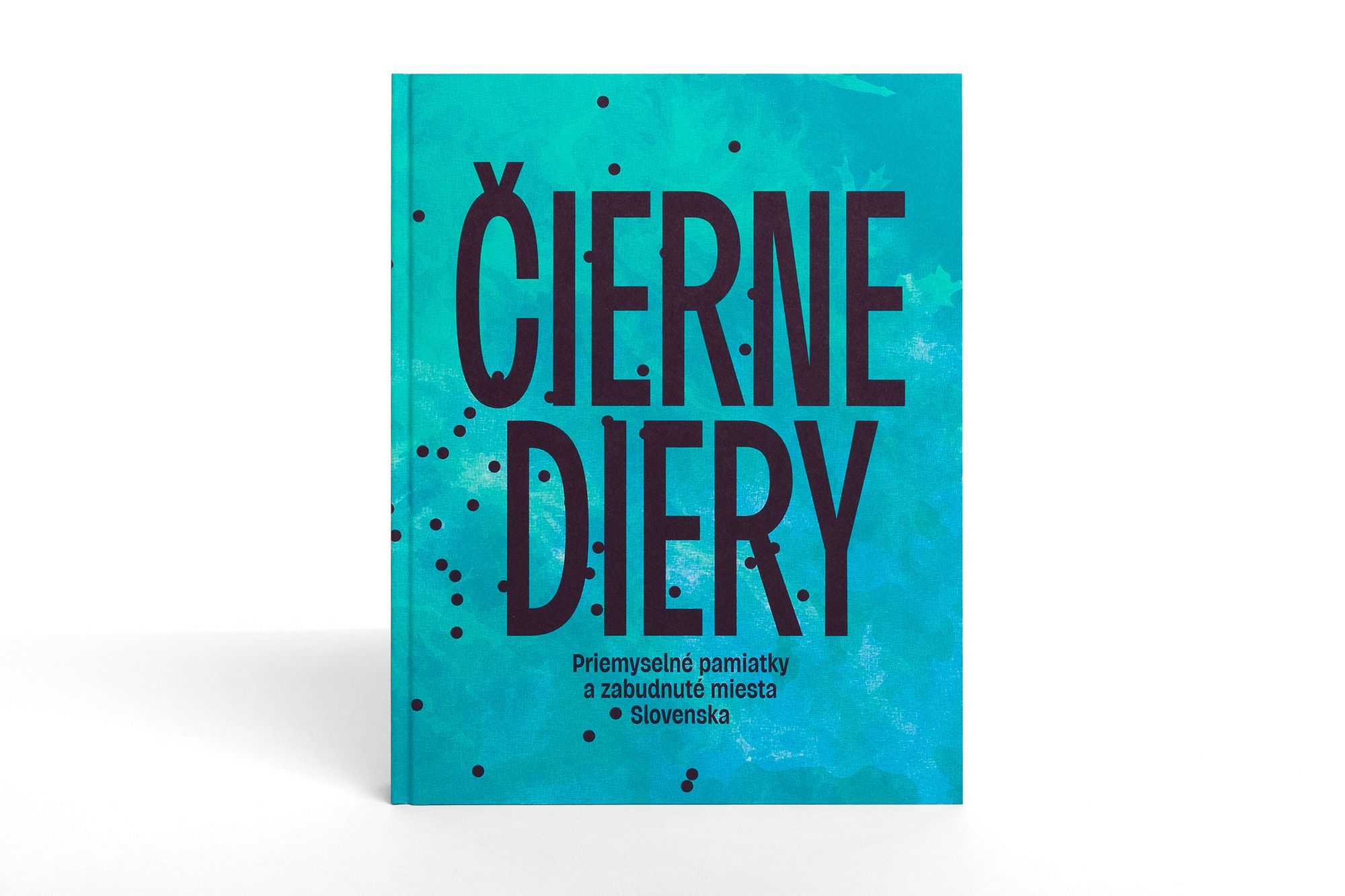
The three-strong team (Martin Lipták, Andrej Sarvaš and Miroslav Beňák), started working together in 2014, and they’ve since grown and developed into a true “institution”, in the best sense of the word. The founders are still driven by the desire to discover: to show and share stories that are often hidden, perhaps even from those living in Slovakia. It’s a country image campaign at its best, and one that’s definitely not driven by top-down regulations, more so by curiosity and respect for the country’s built heritage. Perhaps this inner passion is the reason why so many people love what Čierne diery does (the nearly 44,000 Instagram followers and thousands of happy customers surely can’t be a coincidence, right?).
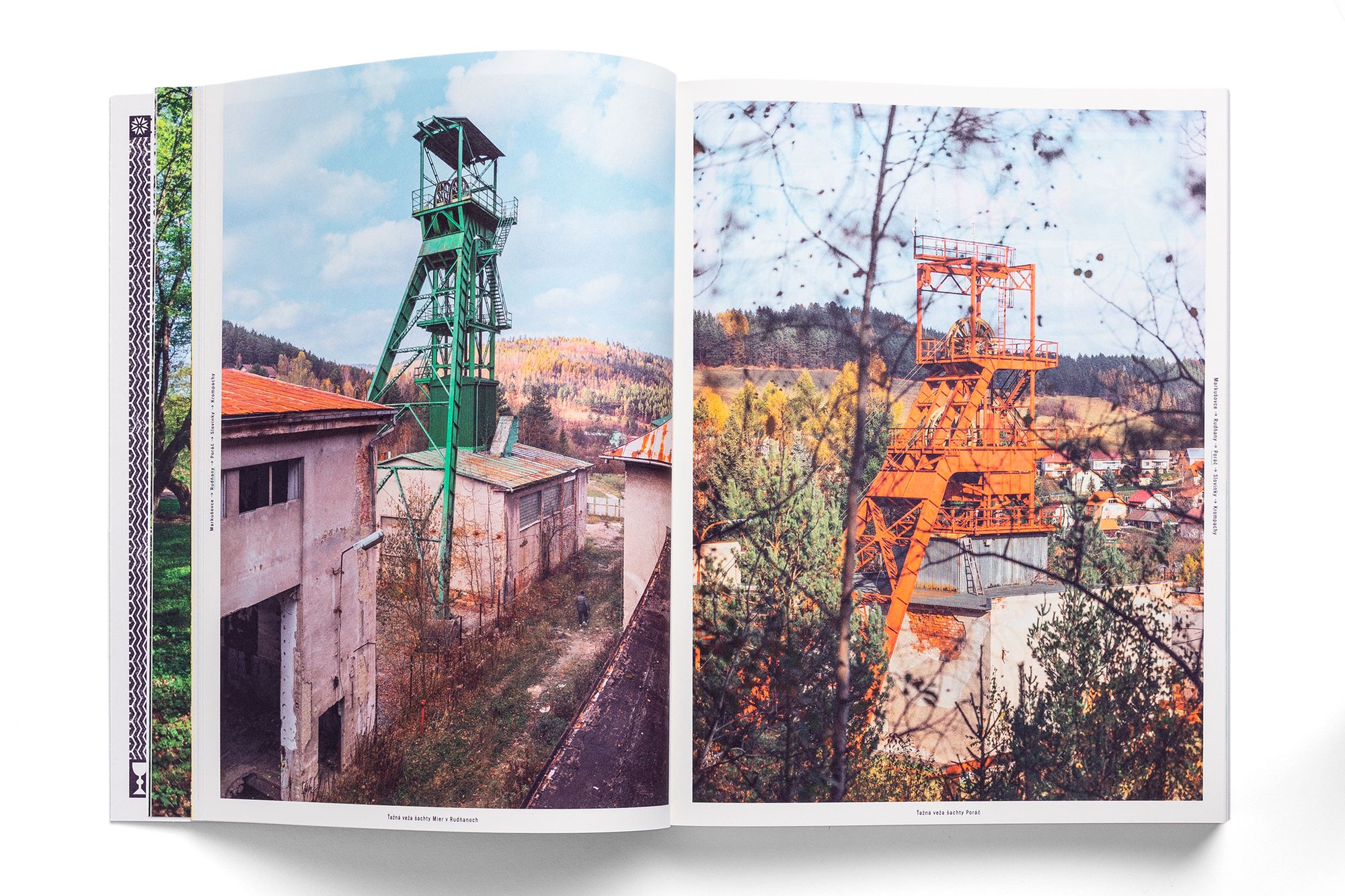
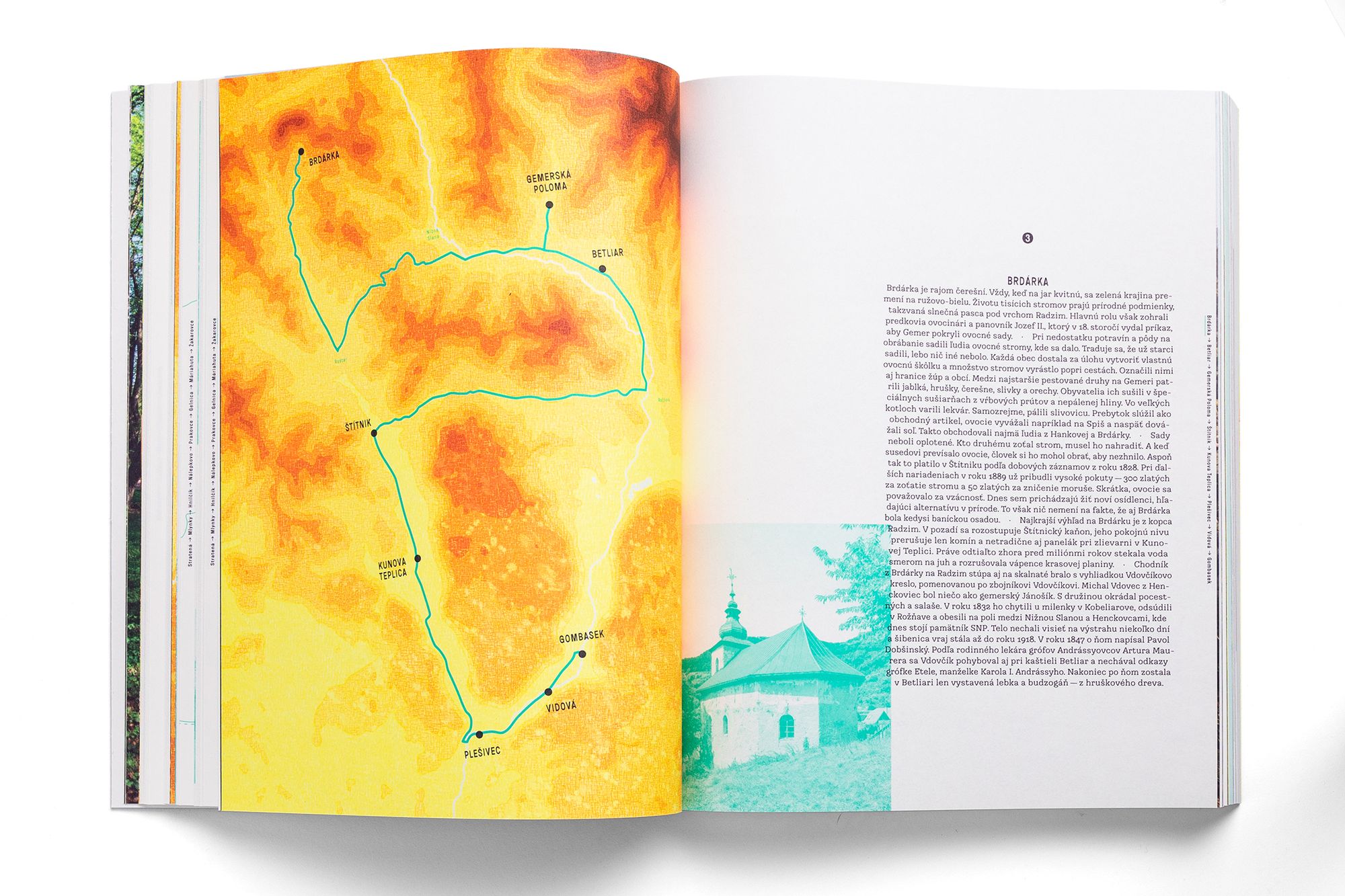
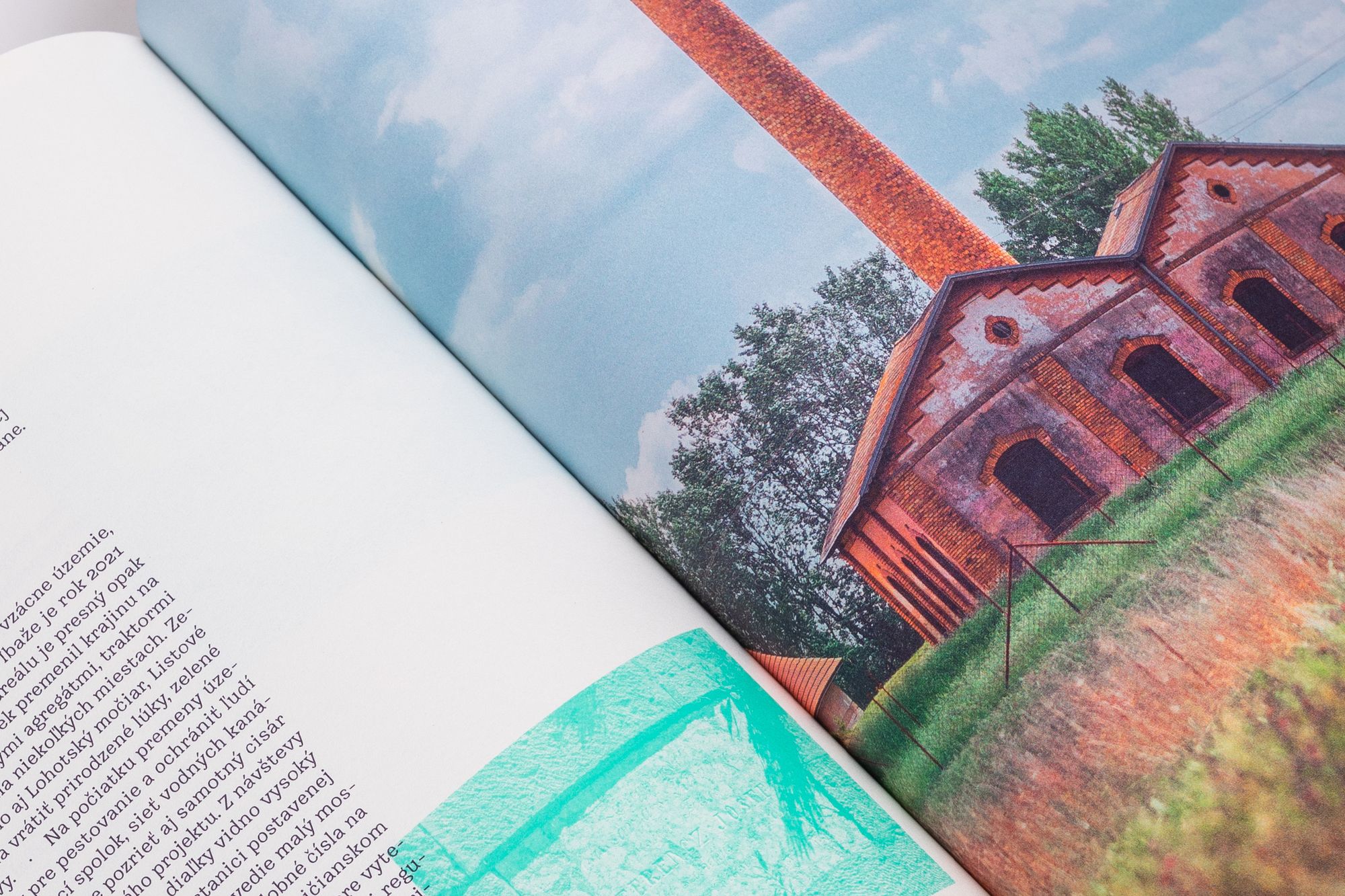
The recently published volume is the second book in a series (the first, with the same title but in cyclamen color, was published in 2018). The message has remained the same, but the book’s content, photos and design are new, and the end result—without exaggeration—is breathtaking. The turquoise book titled “Industrial Monuments and Forgotten Places in Slovakia” (“Priemyselné pamiatky a zabudnuté miesta Slovenska”) is now the fifth color to be added to the existing four (blue, yellow, pink, purple), and this combination gives the photographs, which often fill double pages, a truly unique look.
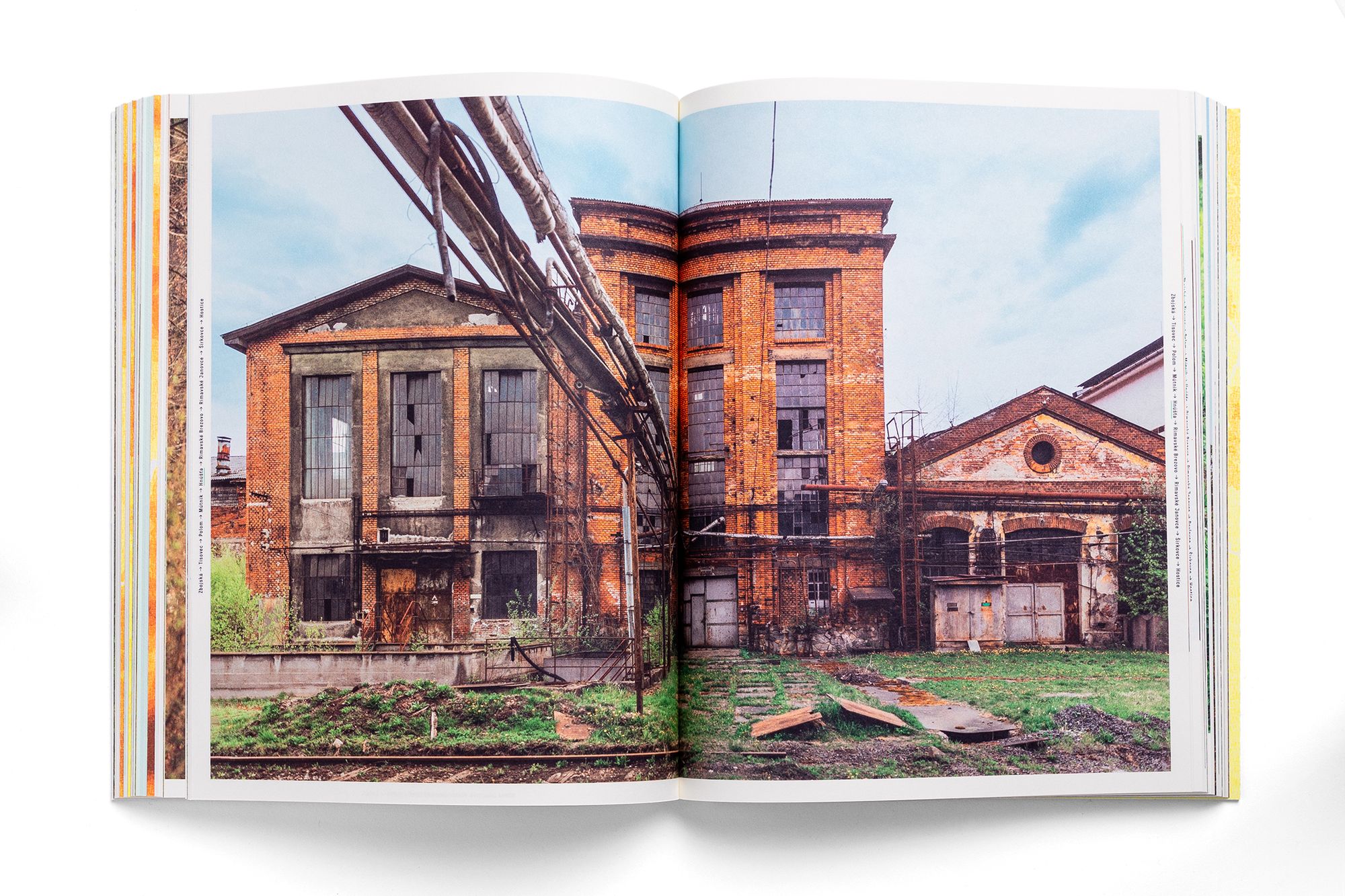
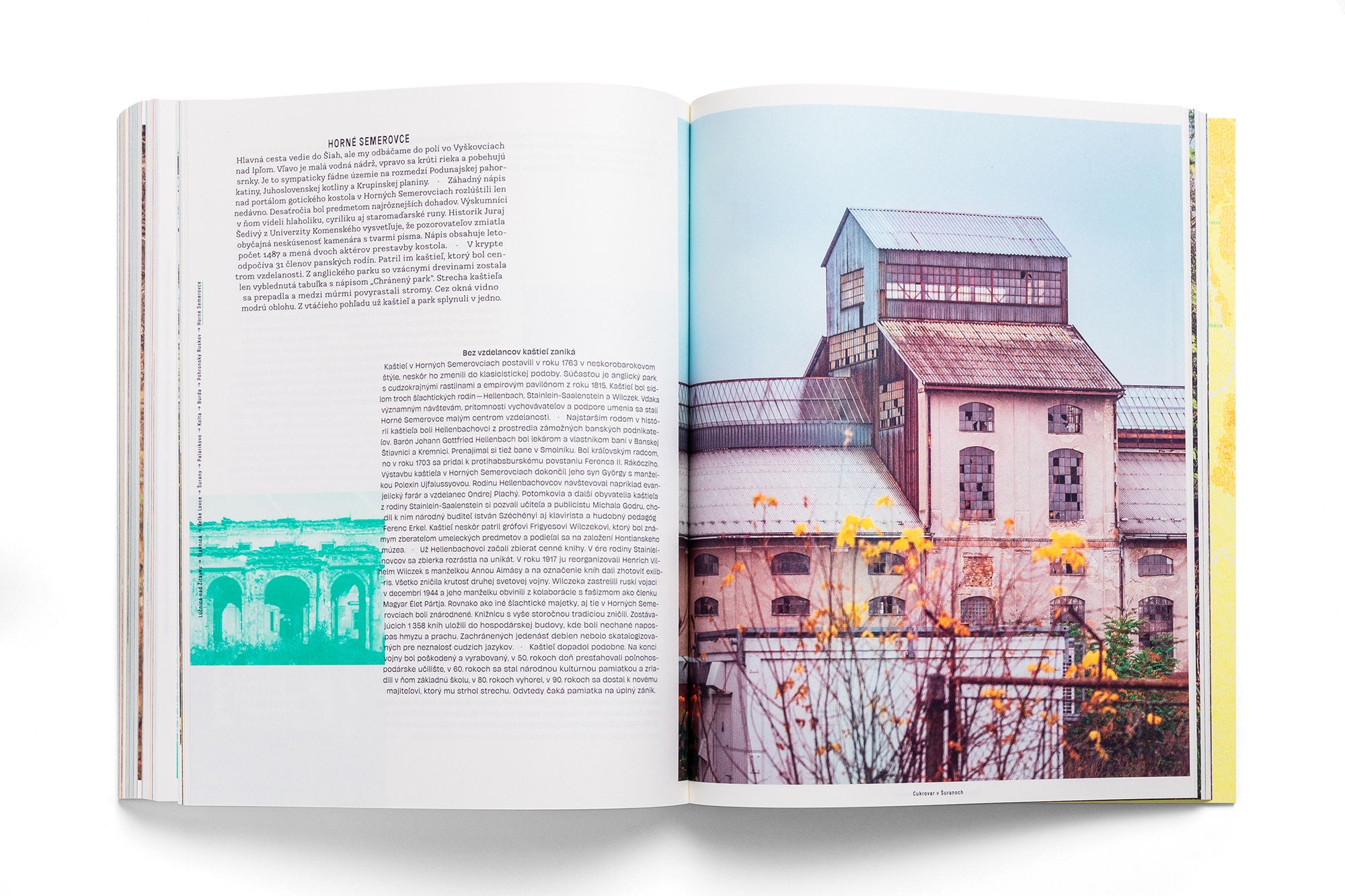
As for the content, the authors have outlined ten itineraries, with the majority focusing on their beloved and perhaps least explored (and appreciated) eastern region of the country, however, there are also journies focusing on the Highlands and the North-West region. If we carry on reading, we can also discover the history of the mining settlements of Spiš, including the detrimental impact of mercury processing on the lives of local residents up until 1995.
Although the book is mainly filled with photos of towns that may seem like ghost towns, the mood of the book is not disheartening. The authors went out of their way to ensure the publication is a far cry from painting a depressed and gloomy picture of the Slovak landscape—as we turned the pages of the album, we became completely absorbed in the views of the wonderful landscape, aerial shots, the deserted wood processing plants and mines, as well as the crumbling walls of houses and rural castles.
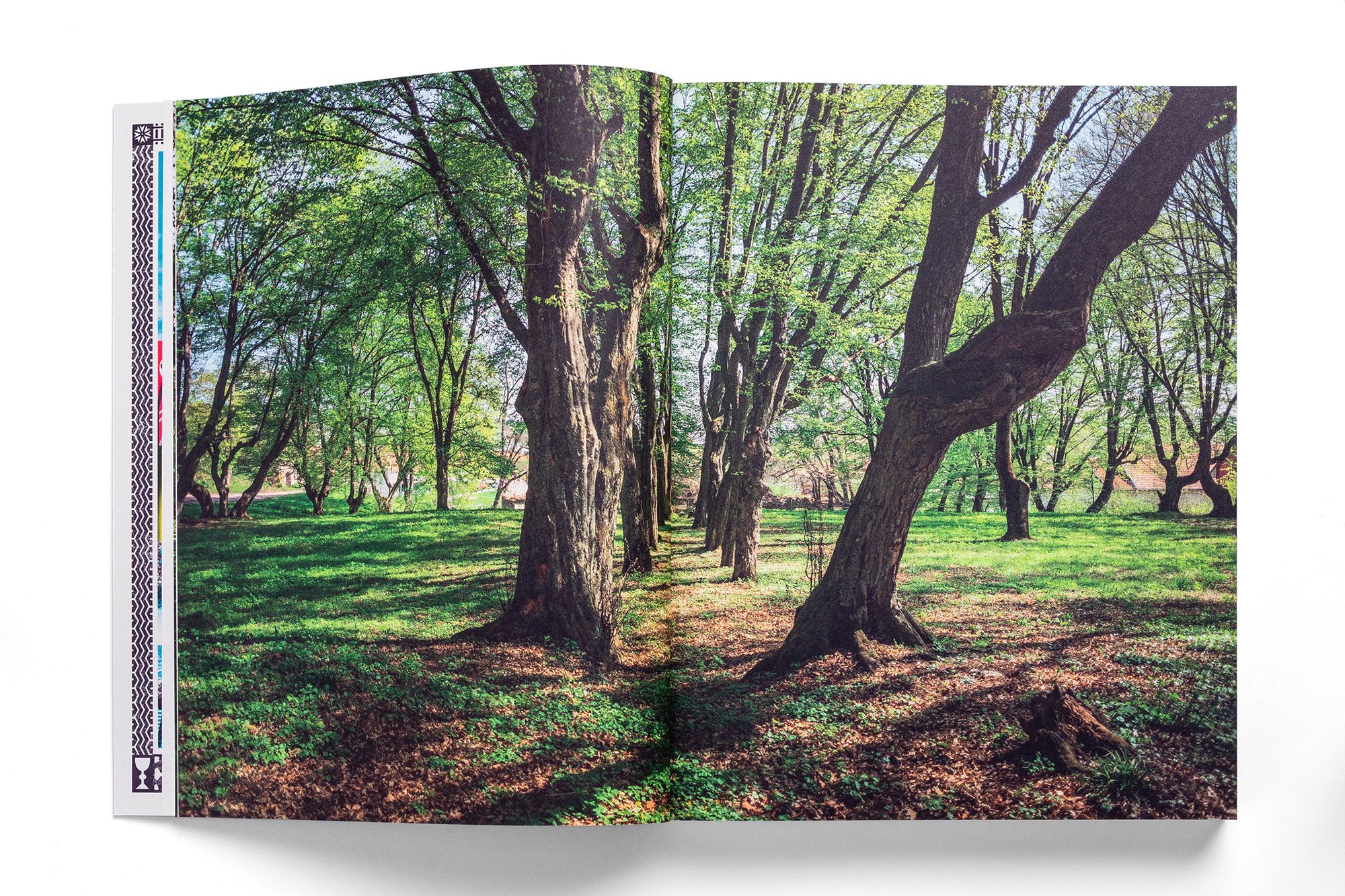

Although Čierne diery is primarily about the “survivors” of the built industrial heritage, its pages are filled with woodlands, parks, pastures, and fields—so it would be inappropriate to call it a purely architectural publication. The book encompasses far more, such as the hard and often inhuman physical labor, the storms and vicissitudes of history, and lastly, the beauty that somehow finds its way through it all and shines bright where we would least expect it.
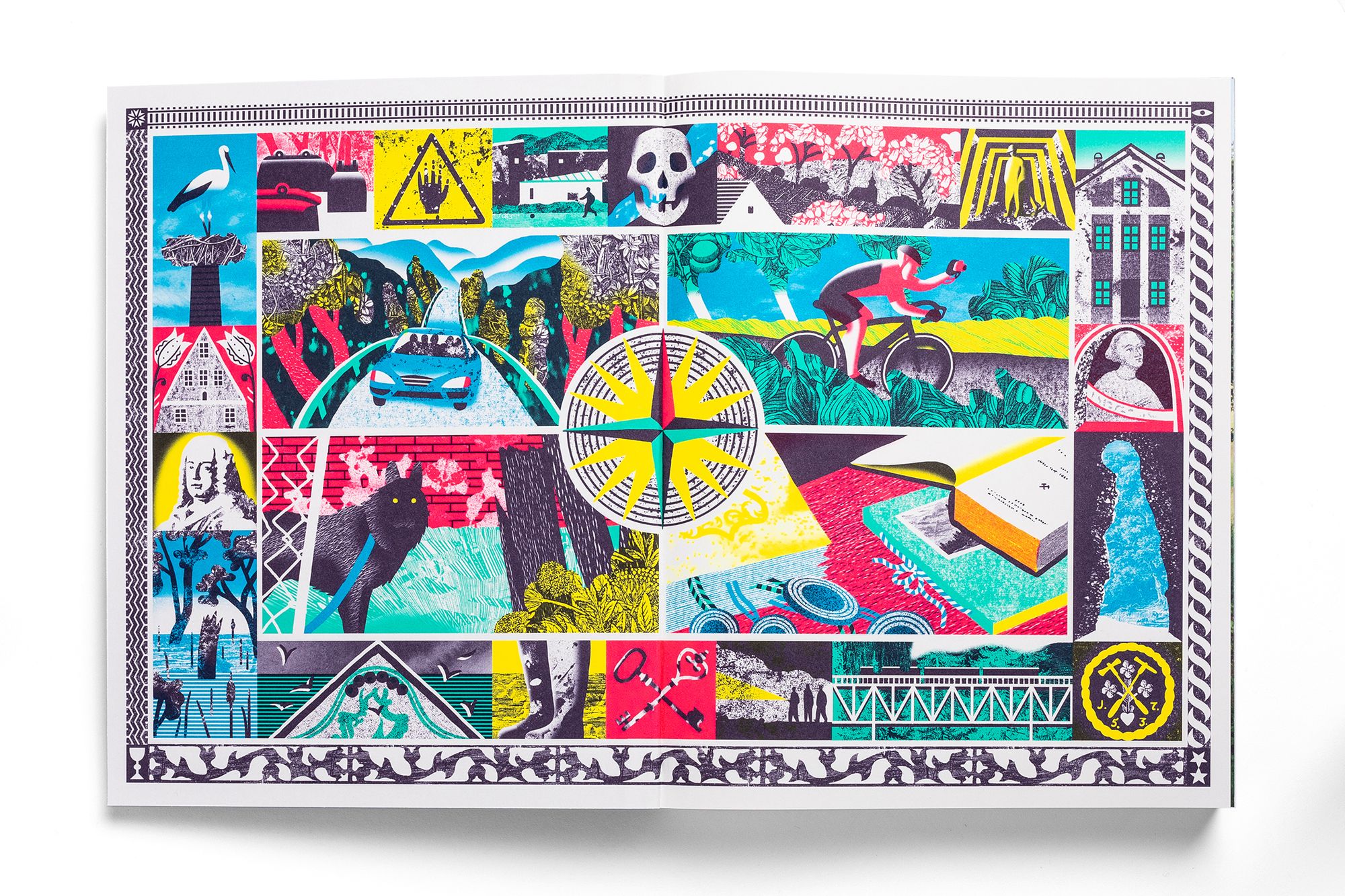
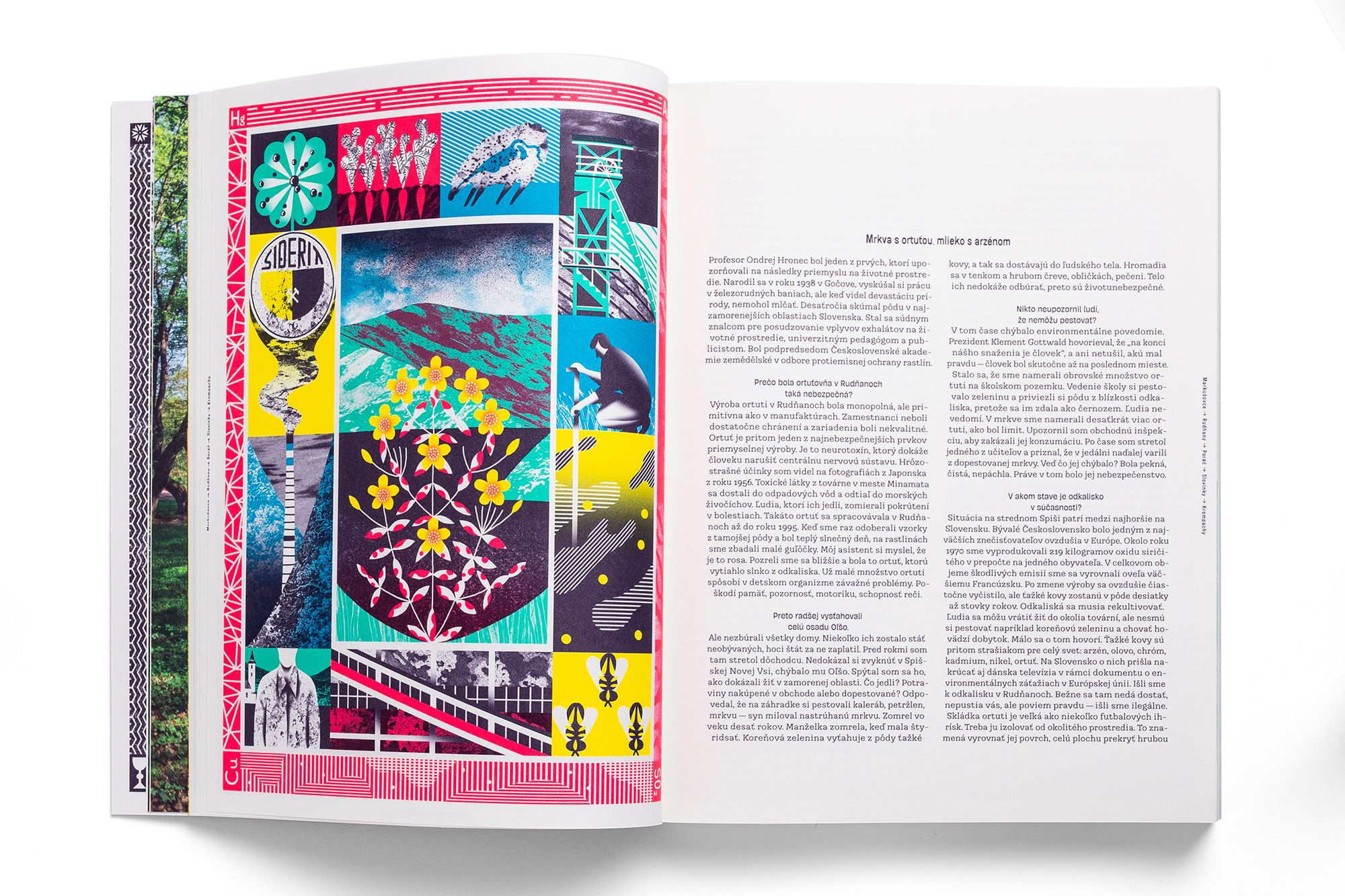
The creators also paid attention to producing a book that is as sustainable as possible: the body of the book is made from Cradle to Cradle certified Munken Print Cream 15 paper, while for the cover they used 100% recycled Eska cardboard. Once again, the book’s graphic design was done by Michal Tornyai— with the pages alternating between three typefaces (Socha, DIERY, Grunt) also Tornyai’s own designs. Beyond the dazzling photographs, the book features exciting illustrations by Daniela Olejníková, with vibrant graphics capturing memorable moments of the boys’ explorations on both the inside and front cover.
Our only heartache is that the book is only available in Slovak (which was actually very much the intention of the founders), but we’d still encourage you to get a copy, as long as you want to discover Slovakia in a truly exciting and unusual way.
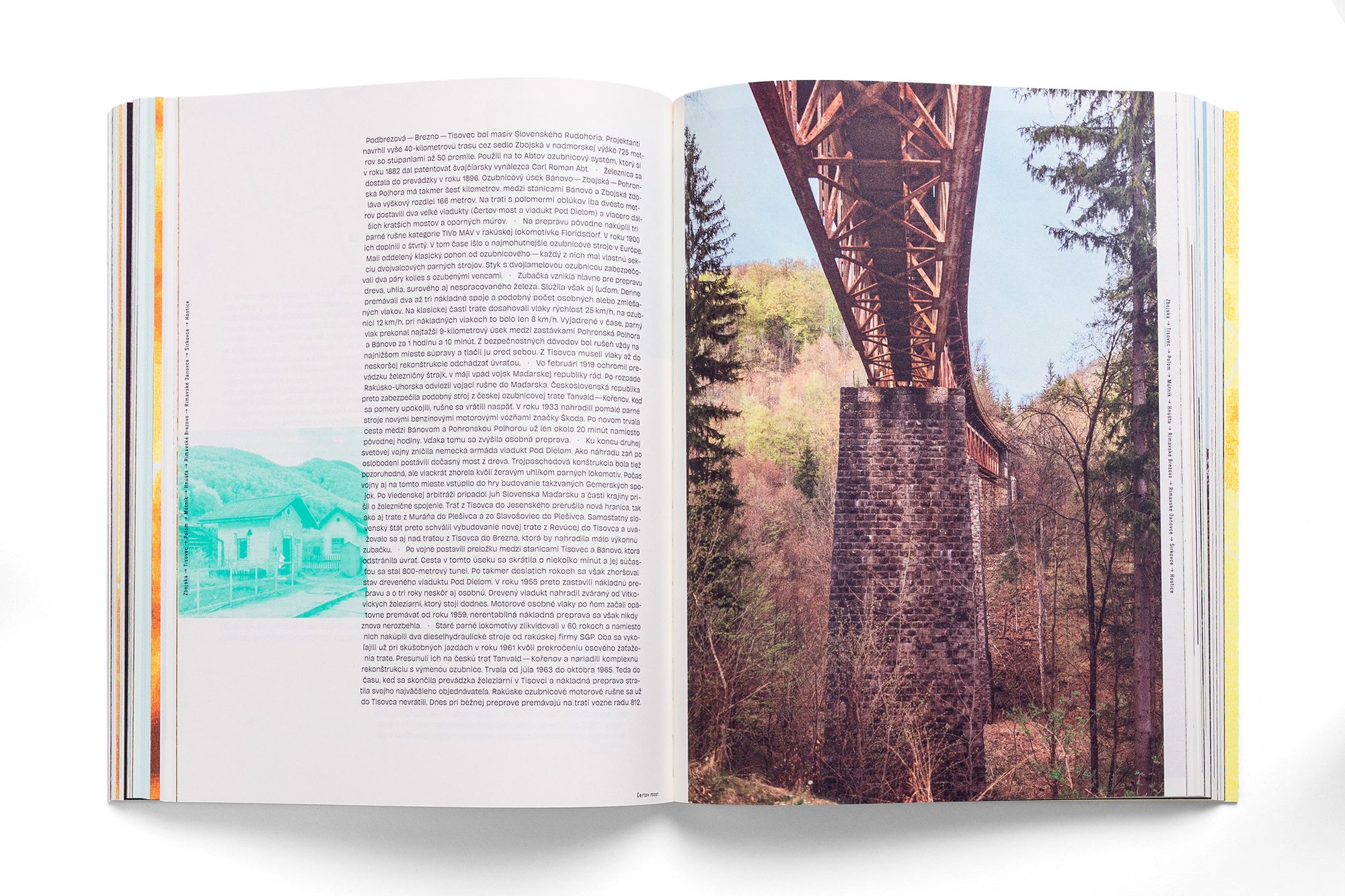
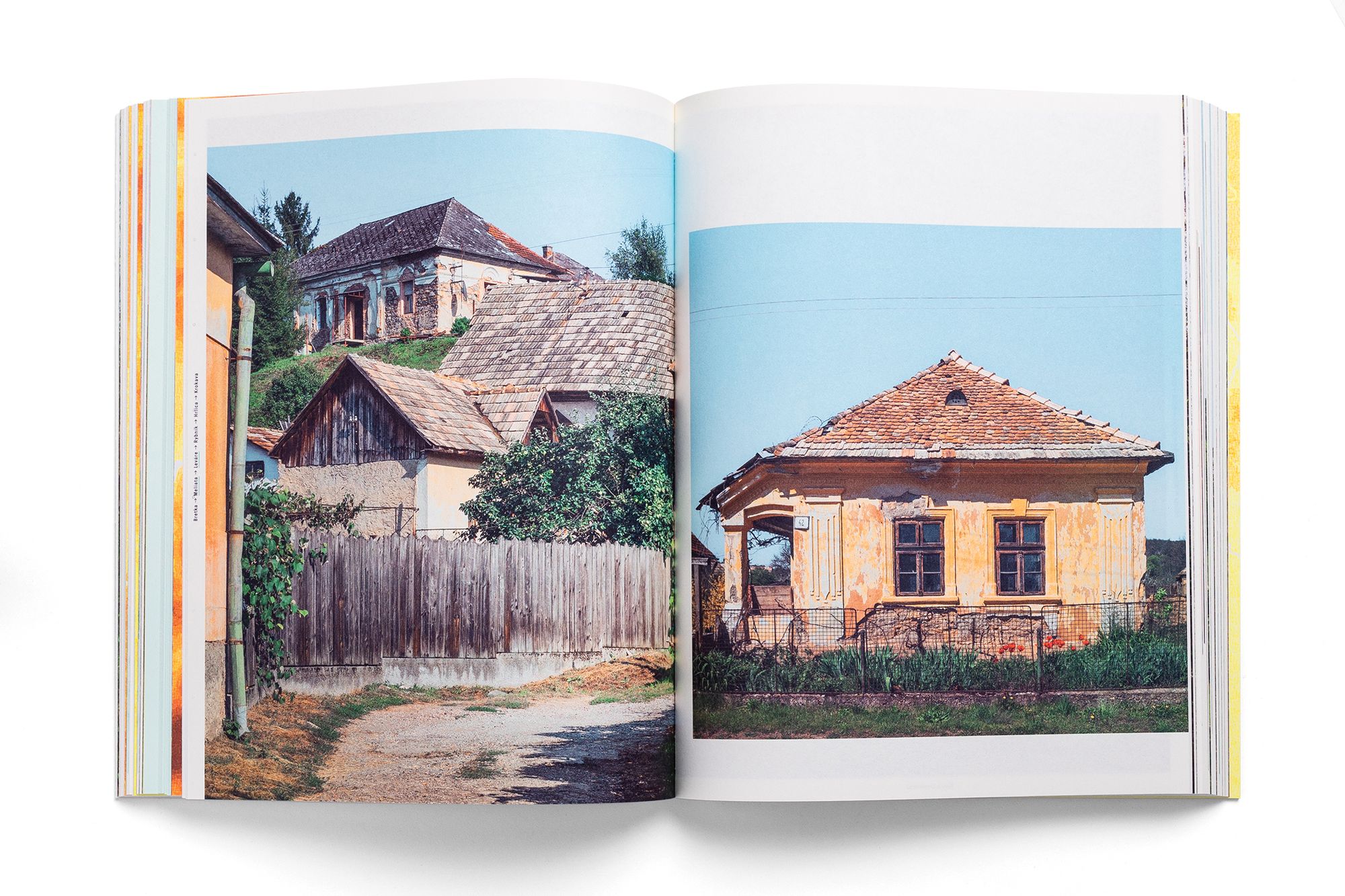
While the gigantic format and size of this album won’t allow you to easily slip it into your backpack (for this purpose, we’d recommend using the folding maps of Čierne diery, which only cost a few euros, like this one), but hikers and adventure lovers, and especially those with a soft spot for built heritage will find inspiration from the book at home, at their desks, and will be able to set off for Slovakia armed with the right maps in hand.
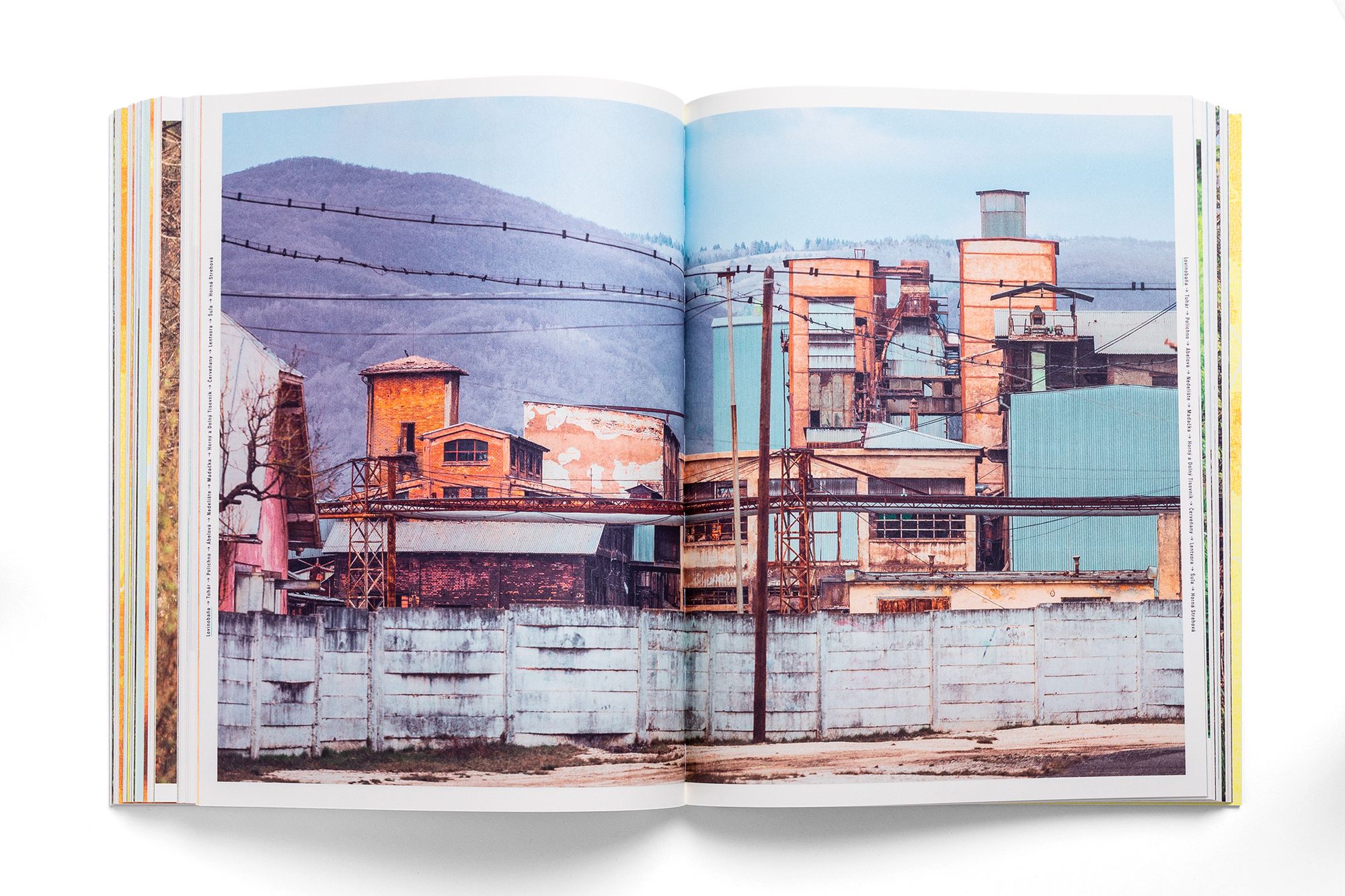
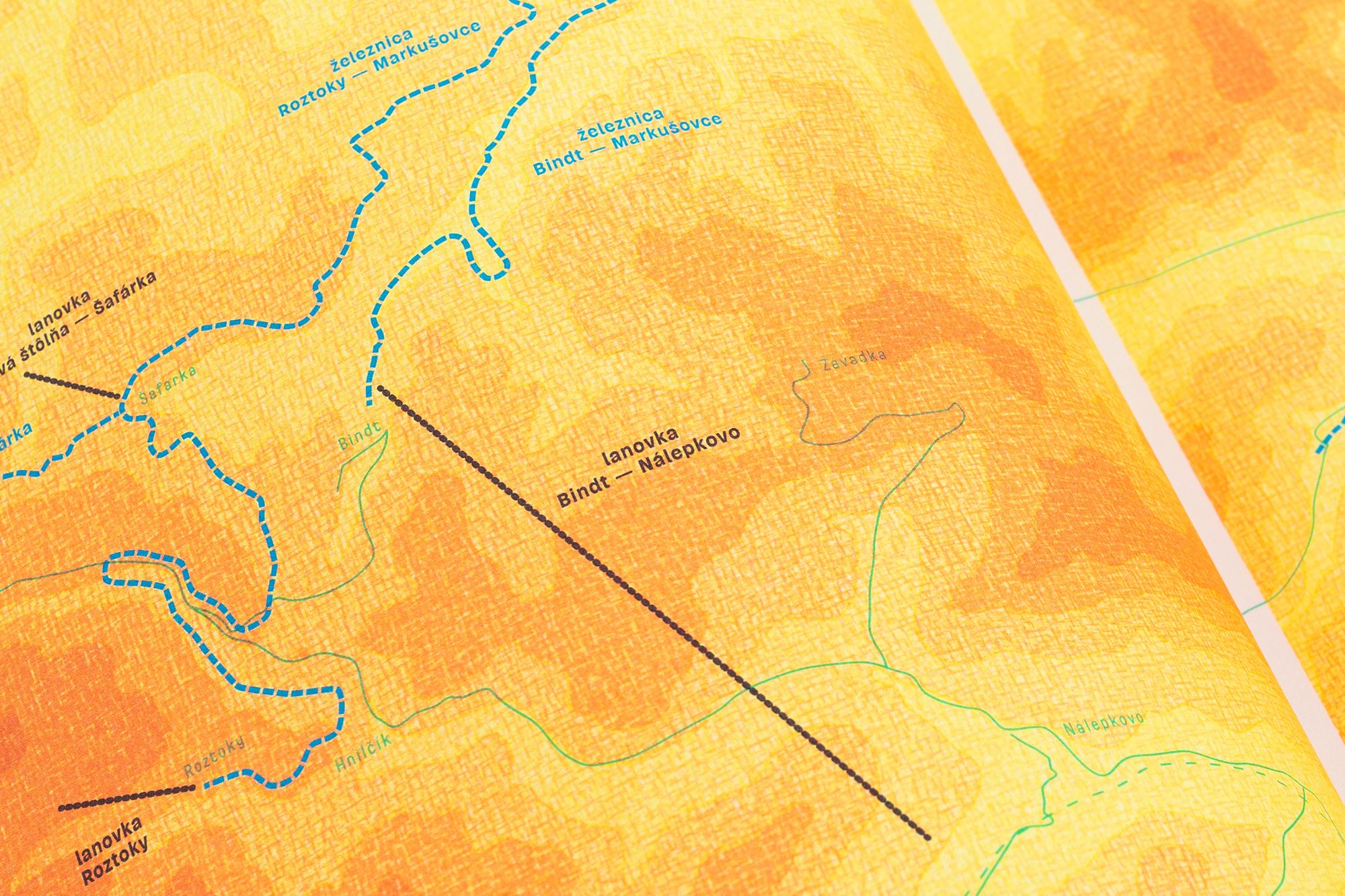
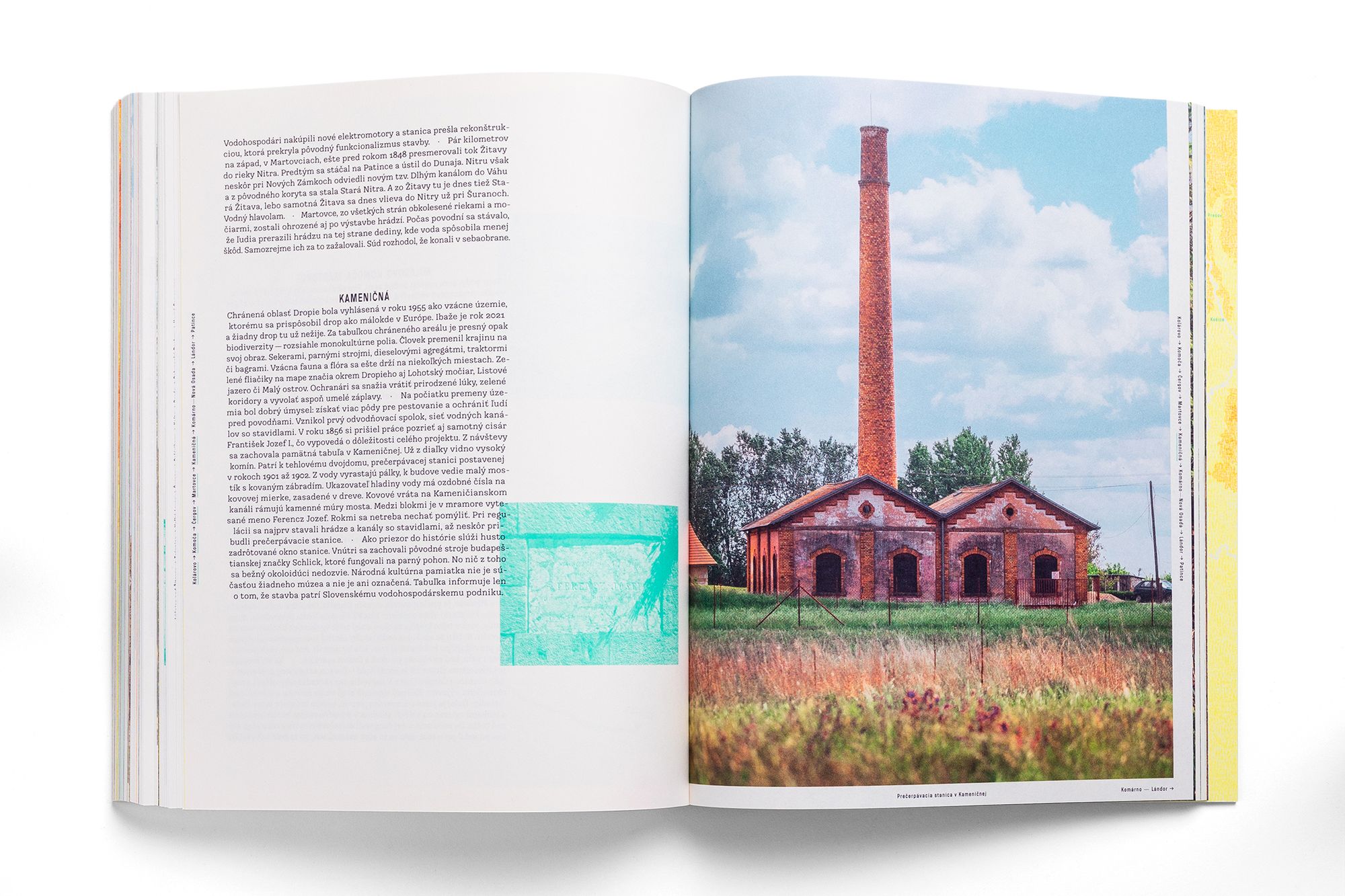
Text and Photos: Andrej Sarvaš, Martin Lipták, Lukáš Patera, Miroslav Beňák
Graphic Design, Tipography: Michal Tornyai
Illustrations: Daniela Olejníková
Photo: Andrej Sarvaš, Miroslav Beňák
Photos: Čierne diery

Shaping cities with the participation of its dwellers—Interview with Danny Dong-Yeong Lee

Creativity is an asset in agriculture too | NAK TechLab
